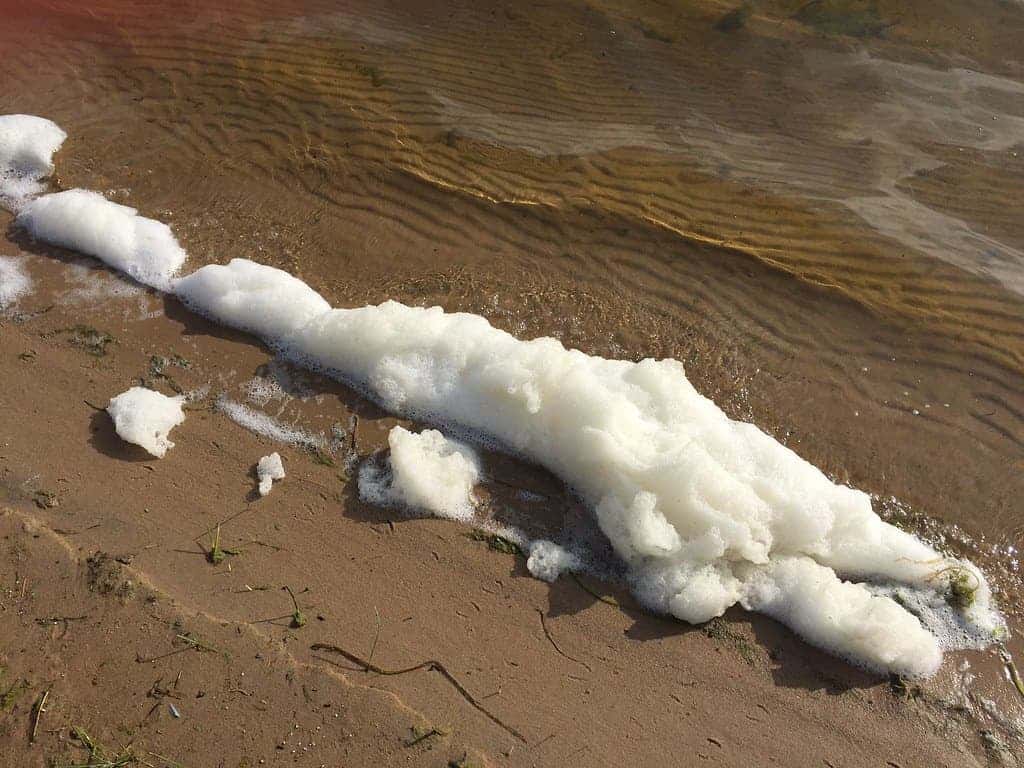Toxic ‘forever chemicals’ in the bloodstream aren’t as forever any longer: a new study reports that such contaminants can be scrubbed out of our bloodstream by regularly donating blood.

Perfluoroalkyl and polyfluoroalkyl — although the name probably doesn’t mean anything to you, these substances are likely coursing through your blood as we speak. Known as ‘PFAS’ or ‘forever chemicals‘, these compounds are present in many plastic products and, as the moniker suggests, they virtually never degrade naturally.
The immense prevalence of plastic in our lives means that these PFAS are present in the air, water, and food around us. Researchers have been reporting that they are even building-up in our bloodstreams in high concentrations, where they promote the emergence of numerous health conditions. Among others, these PFAS can impact gut flora or affect the lungs, causing asthma and other diseases.
Regular donations of blood and blood plasma can help scrub them out of our systems, however, says a new study.
Keeping clean
“Plasma donation was the most effective intervention, reducing mean serum perfluorooctane sulfonate levels by 2.9 ng/mL compared with a 1.1-ng/mL reduction with blood donation, a significant difference; similar changes were seen with other PFASs,” the paper explains. There are no natural sources of PFAS in the body, so any observed level in an individual is due to outside contamination from man-made chemicals.
The study worked with 295 Australian firefighters. Firefighters were chosen for the study as they are exposed to higher levels of PFAS through their working conditions than most people. They would be enrolled into a blood and blood-plasma donation program spanning 12 months, allowing the researchers to monitor how this impacted the levels of PFAS in their blood.
The participants were divided into three groups: the first donated plasma every six weeks. The second donated blood once every 12 weeks. Finally, the third group represented the controls and did not donate at all.
“They say ‘we don’t want these chemicals in our body, we don’t want to be guinea pigs to see what’s going to happen to us in 10, 20, 30 years. Let’s get them out,'” study co-author Mark Taylor said of the firefighters’ response.
PFAS are widely incorporated into non-stick kitchenware, water-resistant materials, and other household products, as they have excellent heat and water resistance. Thousands of different chemicals are part of the PFAS family, and there is very little regulation or monitoring regarding their use, the team explains.
That being said, PFAS are known to be potentially carcinogenic, and exposure to PFAS has been associated with “low fetal weight, impaired immune response, thyroid function abnormalities, obesity, increased lipid levels, liver function alterations, and, potentially, an increased risk of some malignant neoplasms,” they add. There is no place on Earth known not to have at least some level of PFAS contamination, although there are significant variations in these levels across the world.
The team’s study was borne out of the observation that in the body, PFAS molecules bind to serum proteins in the blood. Their hypothesis, then, was that removing some of this blood would also work to scrub some of the chemicals out of our bodies.
Although the results do suggest that this approach is a viable tool for removing toxic PFAS from our bloodstream, it does present us with a novel question: what happens to the recipients of the blood? So far, the team says that these substances are already “ubiquitous” and that “no threshold has been identified that poses an increased risk to recipients of donated blood components”. In other words, potential recipients are overwhelmingly likely to already harbor some PFAS in their bloodstream and we don’t have any data to suggest that receiving blood contaminated with the compounds exposes them to any additional risks.
Further research is needed to determine whether regular blood or plasma donations can be an effective and viable long-term solution against blood PFAS contamination. For now, the team explains that their findings are quite exciting in this regard, adding that the research highlights the alarming rate of contamination with these compounds in the blood of people everywhere.
While interventions to scrub them out of our blood will certainly help, regulation that ensures it doesn’t get there in the first place would be much more useful, they conclude.
The paper “Effect of Plasma and Blood Donations on Levels of Perfluoroalkyl and Polyfluoroalkyl Substances in Firefighters in Australia” has been published in the journal JAMA Network Open.


